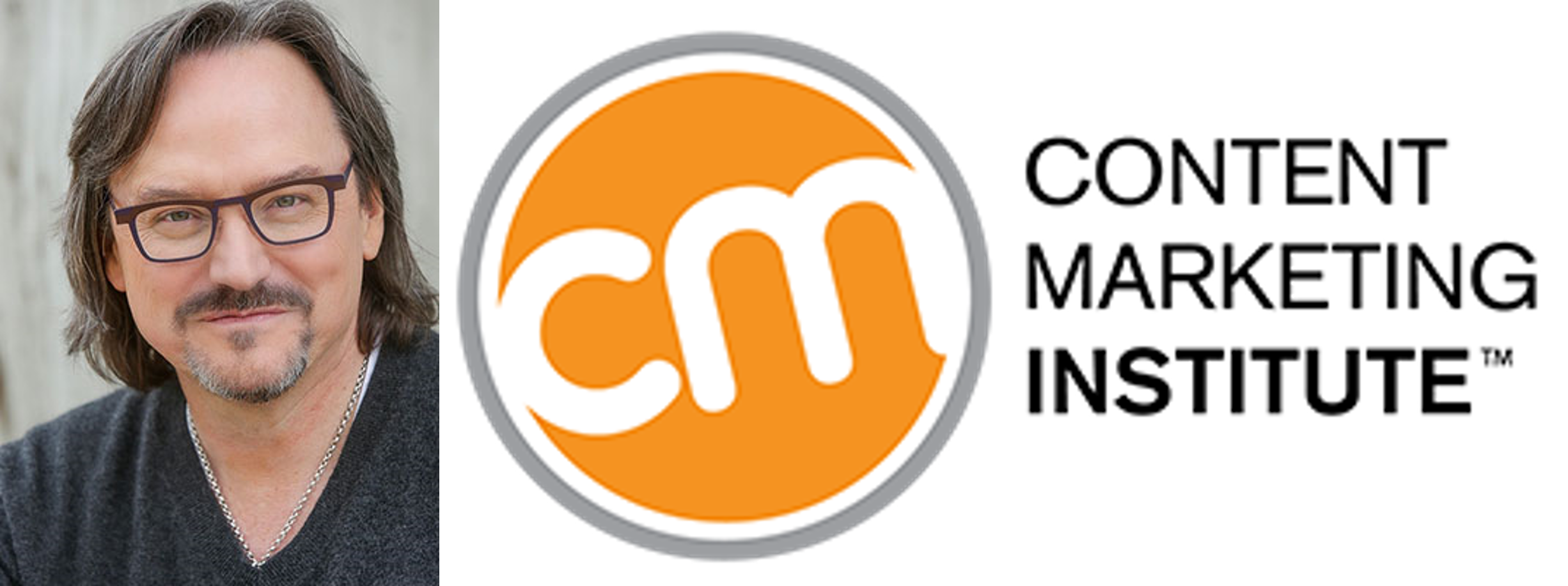
When was the last time you got that phone call, email, or text telling you there’s a radio station, personality, or format you just have to hear? If you’re working in the same radio industry that I am, chances are it’s been awhile.
As someone who has traditionally been on the receiving end of those messages over the decades, I can tell you I still get these messages from excitable radio people, but they are much fewer and farther between. What are the underlying reasons behind why there’s just less buzz about what’s on the radio? Does it have to do with diminishing budgets or staff cutbacks, both of which have impacted the radio broadcasting industry over the last couple decades?
Or is it more a matter of companies not putting as much emphasis on content innovation and creation as they once did? I’ll leave that debate to you, but I will tell you this. My philosophy at Jacobs Media has been essentially unchanged over the past four+ decades:
“Ideas are the currency of the company.”
That’s not to say we’ve perfectly executed all the great concepts that have been put in front of us over this time. Nor does it mean we’ve acted on all the truly best ones we’ve encountered. As anyone in corporate or company leadership will no doubt tell you, a major success variable is the ability to differentiate between the truly brilliant concepts and the overhyped crap – and decide accordingly.
Throughout this process a key determinant is setting a company’s strategy with vision, an increasingly difficult task especially in a rapidly developing tech and creative environment, like the one we’ve been ensconced in during the past couple of decades.
That’s why I was intrigued by an opinion piece recently shared with me, written by the president and chief strategy officer of the Content Marketing Institute, Robert Rose (pictured). 
His remarks that opened his own organization’s conference late last month, Content Marketing World 2024, resonated with me. Titled “Why You Should Embrace Valuable Friction,” Rose’s comments reintroduce us to the tech mega-milestones traditional media has faced since the ’90s.
Listed below – with my comments in italics – he puts into chronological and technical perspective the changes radio broadcasters have had to navigate over the last quarter century or so:
- Broadband internet and search engines – This was the tectonic shift that occurred 25 years ago. To say that the Internet was a game-changer is a gross understatement. Overall, many in radio exhibited “Internet denial” over a span of many years, delaying streaming initiatives and typically paying more lip service than development dollars for tools like websites. To this day, radio’s websites typically aren’t good enough or compelling enough to be competitive.
- Professional social media platforms – The breakout for this space was 21 years ago. Rose notes how social “changed how we engage with customers and build communities.” We hired Lori Lewis at Jacobs Media back in 2011 to help radio broadcasters get their heads around platforms like Facebook and Twitter, as both engagement and revenue generating tools. To this day, many radio companies have failed to prioritize social, allowing young consumers to drift away. For entertainment, music, or information, more and more people are using social media first.
- The iPhone – It hit the marketplace 17 years ago, “disrupting the frequency and context for reaching customers.” Radio has checked off the box for mobile apps, but has by and large failed to embrace the immense opportunity to create unique content and monetizing opportunities for the most important and ubiquitous device we own.
- Generative AI – And here we are at the precipice of “what’s next” in media and technology. Rose says AI has “turned the world of creativity upside-down, altering the speed and methods of expressing ideas.” For now, radio broadcasters get an “incomplete” for AI as most companies are taking their own paths in an effort to take advantage of this breakthrough.
Putting a point on this rapid technology explosion, Rose interprets a quote by legendary media maven Marshall McLuhan:
“We shape our tools, and then our tools shape us.”
 That is, all these advancements and innovations fall under the heading of “Peak Tools,” meaning they now impact how we utilize and strategize engagement with listeners and advertisers, whether it’s via search, socializing, and product marketing,
That is, all these advancements and innovations fall under the heading of “Peak Tools,” meaning they now impact how we utilize and strategize engagement with listeners and advertisers, whether it’s via search, socializing, and product marketing,
And Rose’s key points is that tech innovation has boxed marketers into “The Era of Meh.”
His premise is that while these tech tools allow us to be more efficient with pretty much everything we do, the results of most content creation efforts are mediocre, at best.
His organization’s new research study, “B2B Content Marketing Benchmarks, Budgets and Trends: Outlook for 2025,” reveals that the majority of marketers only rate their content as “average, fair, or poor.” In other words, pretty meh.
How would most radio programmers or managers grade their individual efforts or those of the entire industry? My suspicion is that if everyone is being honest with one another, radio’s G.P.A. wouldn’t be a whole lot better.
So, that begs the question: How are we using those amazing tech tools to better engage and serve audiences and advertisers or to simply operate more efficiently and unspectacularly?
And that’s the question Robert Rose asks, referencing the Knights of Meh from the 1975 film, Monty Python and the Holy Grail (also in Spamalot for you aficionados).
Rose posits that content creators get so caught up in making “incremental improvements,” they beat the life and innovation out of the product. And in the process, content fails to truly move the needle.
When I read his article (you can listen to as it as well in an AI-produced simulation of Rose’s voice) I couldn’t help but think how technology hasn’t made radio better. There are more ways to listen thanks to “Peak Tools,” but has the innovation that brought us all the aforementioned advances empowered us to take the creative risks necessary to win over audiences and provide better outlets for our clients?
Rose ends his treatise with a plea to truly consider how we will use “the next big thing” – AI, of course. His applies the old GIGO paradigm – garbage in, garbage out – to tools like ChatGPT and Gemini.
Gemini.
And while some fear losing their jobs to AI bots, Rose posits “the real threat of generative AI is that it shapes us into even deeper complacency.”
In radio industry terms, will we trust our future and the sound of our stations to the omniscient AI, or will we think about it as that green light to get the old creative juices flowing again?
That’s where Rose believes the addition of friction is the missing element that could unleash the innovation in our companies and within our teams. Instead of letting the AI write the copy, summarize a marketing book, or even write our liners and positioners, Rose argues we need to push our people – and ourselves – to create our way out of this box rather than allow the bots to do the heavy lifting.
summarize a marketing book, or even write our liners and positioners, Rose argues we need to push our people – and ourselves – to create our way out of this box rather than allow the bots to do the heavy lifting.
This question has stuck with me since I read this article last week:
“Are you using technology to amplify your creativity, or are you outsourcing your learning, knowledge, empathy, creativity, and wisdom?”
As you may know, our guided CES 2025 tour in January will be a break from the usual. The focus will be on AI – who’s using it, how is it being used, and what can broadcasters glean from their experiences.
But now humming with some of Rose’s challenges, I’m thinking we will need to ask more questions from the companies we visit with at CES.
How are they using AI to produce even better innovations and products?
How the technology has been utilized to motivate and inspire their teams?
How are they working to be sure AI fosters creativity rather than stifle it?
In the meantime, if you run into those Knights of Meh lumbering around your station, avoid them at all costs. They won’t make you better at what you do.
To join us on our guided tour of CES 2025, click here.
- For Radio, Where Does Digital Revenue Go From Here? - June 6, 2025
- “My Favorite Decade Of Music Is The __’s” - June 5, 2025
- Who’s Got It Better? Talent In Commercial Radio vs. Talent in Christian Music Radio - June 4, 2025




Meh. And, Nee. Many opportunities are available to RADIO. It continues to be a matter of Content, Connection and Service with Human Touch. Here’s to a Positive Week for All.
You got it, Clark.
Corporations are concerned with one thing: the bottom line. They’ll do anything to save a few dollars, including things that hurt revenue, if they conclude that it MIGHT net a few more dollars in the short term. Too many decisions focus on immediate returns without considering the long-term health of the enterprise.
AI is a tool based on what was, not even what is, and so far is incapable of creating new, interesting, and innovative content. Creative humans may be able to use it as a carefully curated source, but radio as an industry has lost way too many creative humans.
A perfect segue to today’s post, Brian.
Would you believe this race has been run for years ? Every industry is in the middle of the massive revolution of media consumption, and the winner will be-the better content provider just like it always has. We’ve battled forever in how to present our sponsors’ messages-and it’s still the old way. Stack ’em up and run 12 units. 60s and 30s and 15s and 5s. We really haven’t come up with a better way. Neither has the “competition” though. So-what else could be the winning formula?
Mike McVay wrote a great column for Radio Ink today discussing the implications of the apparently upcocming “3 minute rule.” It’s a good read, and while he’s hesitant, Mike discusses the options.